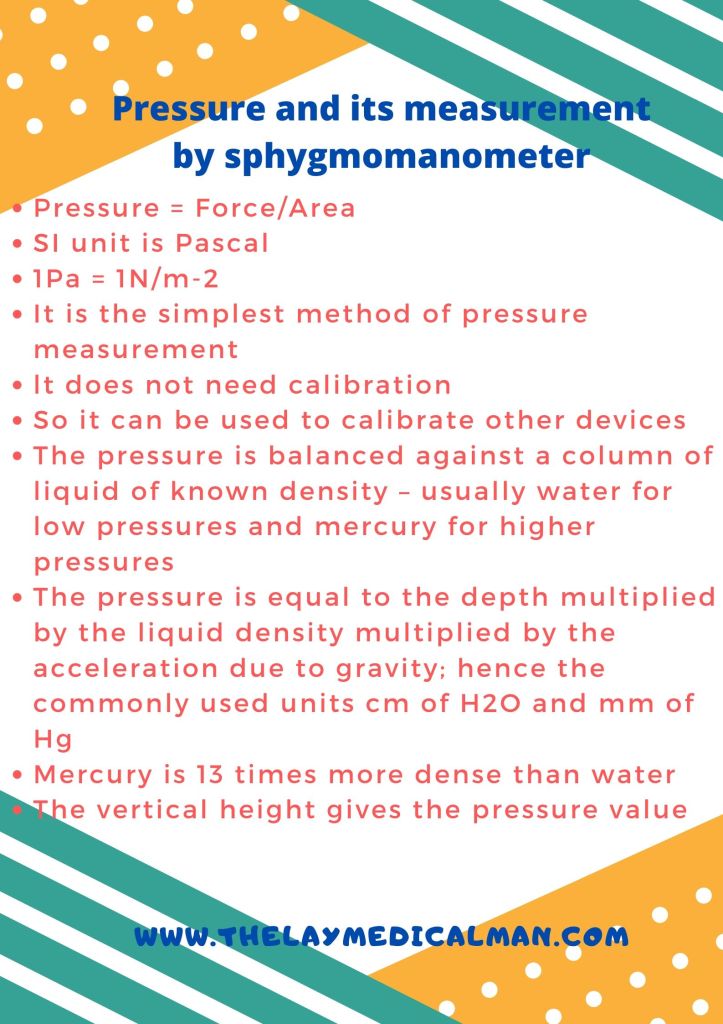🔻'S ound box(=larynx)' involvement
🔻Arrhythmia, Altered PFT-ECG-ECHO are key points to be searched for
🔻R enal impairement
🔻C alcium increased , Cardiac & CNS involvement
▪️ADDITIONAL POINTS▪️
PULMONARY INVOLVEMENT
➖➖➖➖➖➖➖➖➖➖
🔑PFT may be impaired
🔑CXR may show bilateral hilar lymphadenopathy with increased reticular shadowing in the lung fields
🔑Look for evidence of pulmonary hypertension
🔑If there is widespread pulmonary involvement and the patient is symptomatic, lung function tests, including blood gases, should be performed.
HYPERCALCEMIA
➖➖➖➖➖➖
🔑It is secondary to the production of excess 1,25- dihydroxycholecalciferol. Nephrocalcinosis and renal failure may occur . So establish treatment for hypercalcemia
CARDIAC INVOLVEMENT
➖➖➖➖➖➖➖➖➖
🔑Cardiac involvement carries a poor prognosis and it's diagnosis is of anaesthetic importance. Cardiac disease may be unexpected, and can occur even in young, previously asymptomatic patients.
🔑The pathological lesions can be diffuse or focal. Localised granulomas and fibrous scarring most commonly occur in the basal portion of the ventricular septum and left ventricular wall. These lesions will be asymptomatic unless they happen to involve the conducting system,in which case arrhythmias or conduction defects occur. Less commonly,the distribution of granulomas may be widespread,and they may coalesce to produce diffuse interstitial fibrosis. The resulting hypokinesia and subsequent heart failure is clinically indistinguishable from other cardiomyopathies .
🔑Pericardial effusions may also occur.Myocardial imaging showed that the majority of these had an infiltrative cardiomyopathy.
🔑In those patients diagnosed as having cardiac involvement,the signs in order of frequency of presentation were:
🔹complete heart block
🔹ventricular ectopics or ventricular tachycardia
🔹myocardial disease causing heart failure
🔹sudden death
🔹first-degree heart block or bundle branch block.
🔑In most of the patients with complete heart block and sarcoid the heart block was the first sign of the disease
🔑The sudden onset of complete heart block during anaesthesia can occur
🔑Difficulties with pacemaker management can be a feature of cardiac sarcoidosis. Patients with advanced disease may have automatic implantable cardioverter defibrillators inserted
🔑A preoperative ECG is essential, even in young patients. An ECHO also may be ordered. If there is evidence of a conduction defect, a temporary pacemaker should be inserted before anaesthesia.
CNS INVOLVEMENT
➖➖➖➖➖➖➖
🔑 Central nervous system sarcoid also carries a poor prognosis.
🔑 Presentation can vary widely and includes cranial nerve palsies,peripheral neuropathy,epilepsy,and cerebellar ataxia
AIRWAY INVOLVEMENT
➖➖➖➖➖➖➖➖
🔑 Laryngeal sarcoidosis : the commonest lesion reported is an oedematous, pale,diffuse enlargement of the supraglottic structures
🔑 Infiltration of the airway may cause obstructive sleep apnoea
🔑 So need for an ENT evaluation preoperatively should be considered
DIAGNOSIS :
➖➖➖➖
🔑 can be made on biopsy of a skin lesion,or lung and bronchial biopsy via a fibreoptic bronchoscope.
🔑 The Kveim test has a high positivity in the active stages, but is lower in the chronic disease.
🔑 Serum angiotensin- converting enzyme (ACE) level is an indicator of sarcoid activity
🔑 serum calcium and 24-h urinary calcium levels may also be increased in active sarcoid.
🔑 Treatment of active disease may include corticosteroids, immunosuppressants, methotrexate,NSAIDS,and calcium chelating agents.
Reference: Medical disorders and anaesthetic problems , Rosemary Mason , Anesthesia Databook , A Perioperative and Peripartum Manual , 3/e
#sarcoidosis , #mnemonics , #MedicalMnemonics , #anaesthesia

